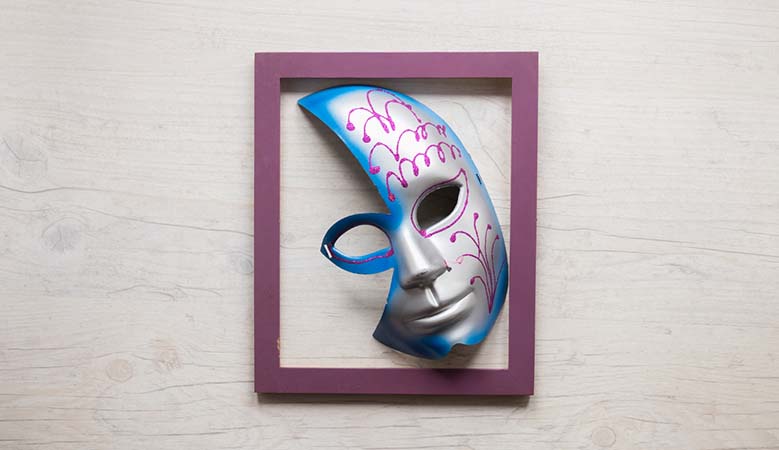The Importance of Mask Making in Art Therapy
The word “mask” has become more integrated in our everyday lives than ever before in response to safety in the face of the pandemic. We often think about where or when we may have to wear a protective mask, the materials that go into it, or around which individuals, such as healthcare workers, that we may be required to wear one. In art therapy, we use mask making as a tool in many similar ways, which can help us learn about our thoughts about ourselves, as well as our relationships.
The Mask Activity
What is commonly referred to as the mask activity in art therapy challenges clients to create a mask that symbolizes their thoughts, emotions, and behaviors, using a variety of art supplies. It asks that clients decorate both the interior and exterior of their masks, usually to represent their internal and external behaviors and attitudes. It also considers in which instances a client wears an invisible mask in their lives, such as at work, or with friends. We consider materials used, color choices, and expressions used.
Internal vs. External
In art therapy sessions, we often consider the differences between the interior and exterior designs of the mask form to understand differences in the way a client is feeling and the way they behave, or present externally, to others. It’s here that we can start to understand where challenges lie with expressing certain emotions, or any hidden feelings that a client may struggle with. The opportunity to find inequivalences helps to directly address those feelings in session through further exploration of emotions.
The Mask Clients Wear
The mask activity also helps clients consider what emotional or behavioral mask they wear in different instances, such as at school, with a partner, with their family, or in society in general. This aids in conversations about our relationships and situations and helps us consider why we can’t be our authentic selves. Clients can consider, through mask making, more about themselves, their priorities, and their relationships with others when they understand what masks they are wearing and what those do to protect themselves.
Interested in Art Therapy? Learn more about it here.
Want to learn more about the writer, Sam Nolan? Click here.
Image by Freepik
